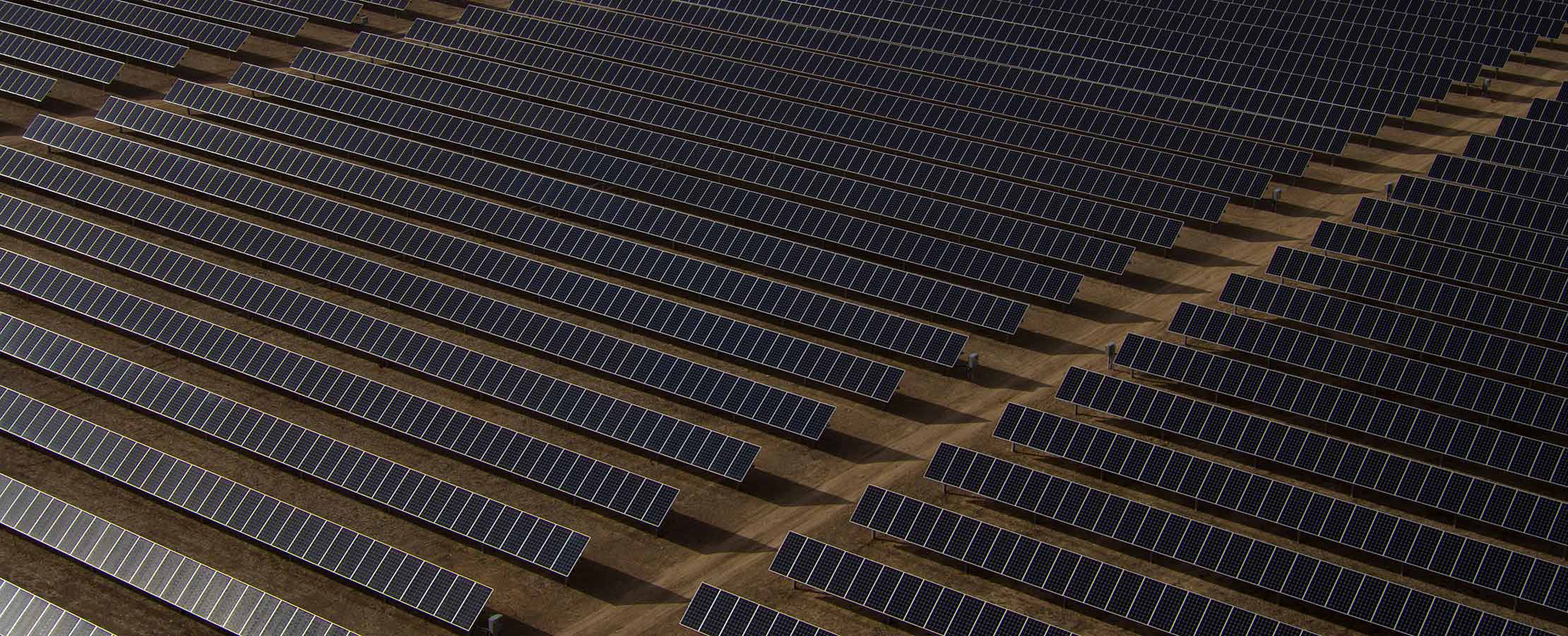Are We on Track to Meet Renewable Energy Goals?
In spite of continued pandemic-related disruption and rising costs, renewable energy capacity reached a record high in 2021. However, meeting the goals of the Paris Agreement – which will require reaching net-zero greenhouse gas emissions by 2050 – means accelerating the growth of renewables in the global energy mix.
In 2020, 11.9 percent of the global energy mix came from renewable energy sources, with an additional 4.3 percent coming from low-carbon nuclear. Hydropower accounts for the bulk of renewable capacity, although solar and wind have grown with considerable speed in recent years.
The 2010s saw a steady increase in renewables within the global energy mix. Renewables grew from contributing 7.8 percent of direct energy consumption (after adjusting for inefficiencies in fossil fuel production) to 11.9 percent between 2010 and 2020, an increase of more than 50 percent.
2022 is expected to be another record-breaking year for renewables, with new capacity exceeding 300 GW for the first time, largely driven by new solar installations.
Despite this rapid growth in renewables capacity, the decade began with renewables contributing such a small fraction that the overall global energy mix has not changed substantially in this time. It remains dominated by fossil fuels, which account for more than 80 percent of energy capacity. While renewable capacity is expanding steadily, global energy consumption continues to grow, with the US Energy Information Administration projecting a 50% increase in global energy use by 2050.
In pursuit of the Paris goals
According to the International Energy Agency (IEA), renewables are not being expanded fast enough to reach the Paris Agreement target of reaching net-zero greenhouse gas emissions by 2050. In order to meet them, average annual expansion must be almost double the IEA’s main forecast over the next five years: from 294 to 548 GW new capacity added each year on average. Getting renewables on track will require governments to not only build on current momentum and resolve policy and implementation challenges – such as grid integration and supply chain disruption – but to also increase their ambitions.
There are some signals that ambitions for renewables are being stepped up. For instance, the European Commission recently announced its ‘REPowerEU Plan’, which raises the bloc’s 2030 target for renewables from 40 percent to 45 percent. One of the proposed policies to support this expansion is fast-tracked approvals for projects in areas with low environmental risk.
There is also the question of cost – renewables must remain a competitive option, particularly for countries in the midst of industrialization, which rely on cheap fossil fuels to drive economic development. Despite recent increases in costs of materials such as polysilicon and aluminum, solar and wind have remained competitive due to the rising cost of fossil fuels. According to the International Renewable Energy Agency (IRENA), nearly two thirds of new renewables in 2020 were cheaper than the most affordable new fossil fuels. Maintaining support for renewables could require policy intervention to keep costs falling year-on-year in a volatile energy market.
The rapid growth of renewables – particularly wind and solar – is cause for celebration. Now, governments and industry must build on this momentum to accelerate their growth and meet the goals of the Paris Agreement.






